The Capacity Dilemma: Planning for the Surge
By Bill Ledger, AIA, ACHA, NCARB, EDAC, LEED AP, LSSGB
September 26, 2024Post Tagged in
In the face of increasing global uncertainties, hospitals must prepare for potential surge capacity events that can strain their resources to the breaking point.Whether it’s pandemics, natural disasters, or unforeseen industrial accidents, hospital administrators and facilities managers must be ready to handle sudden influxes of patients. |
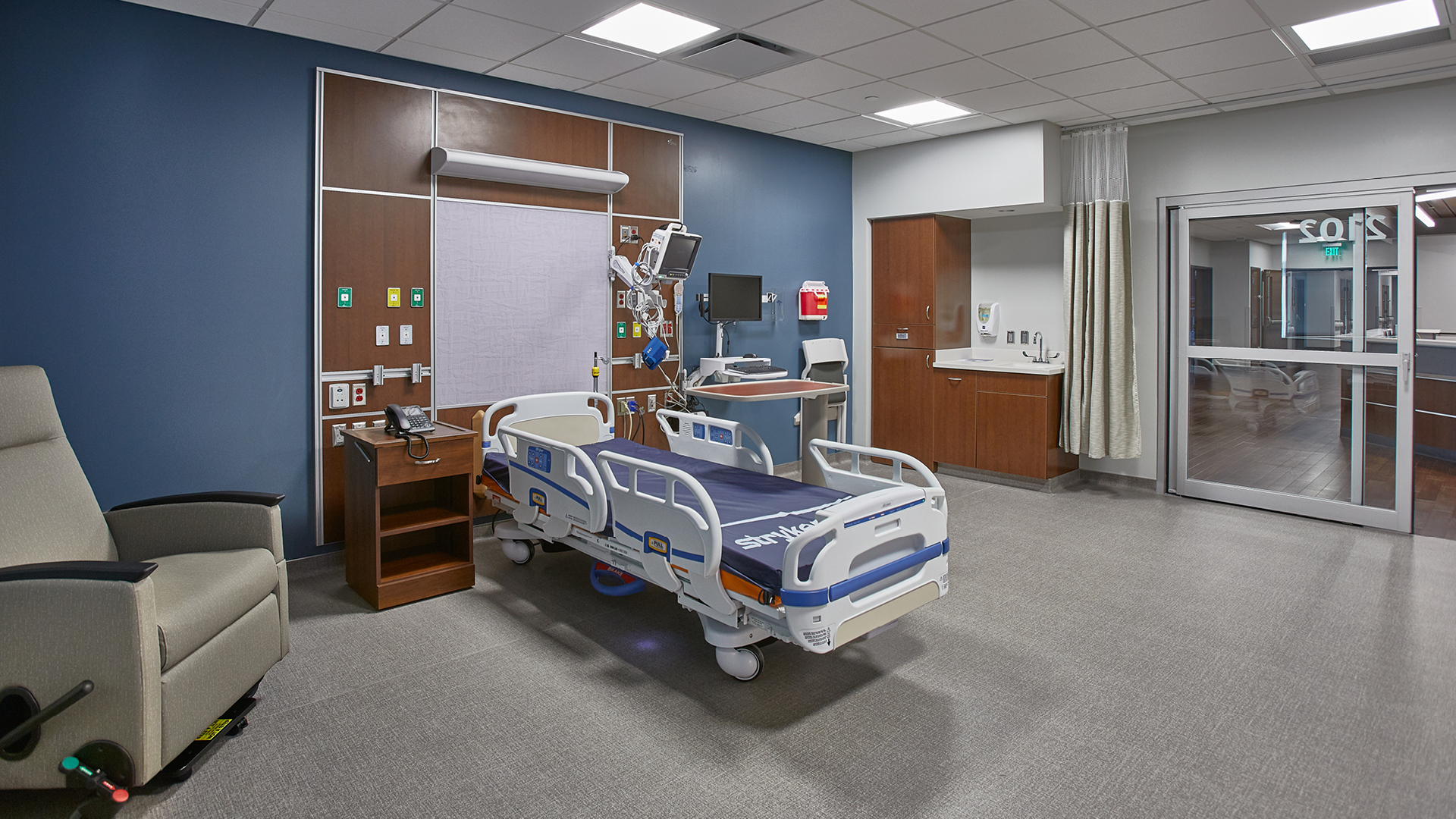
|


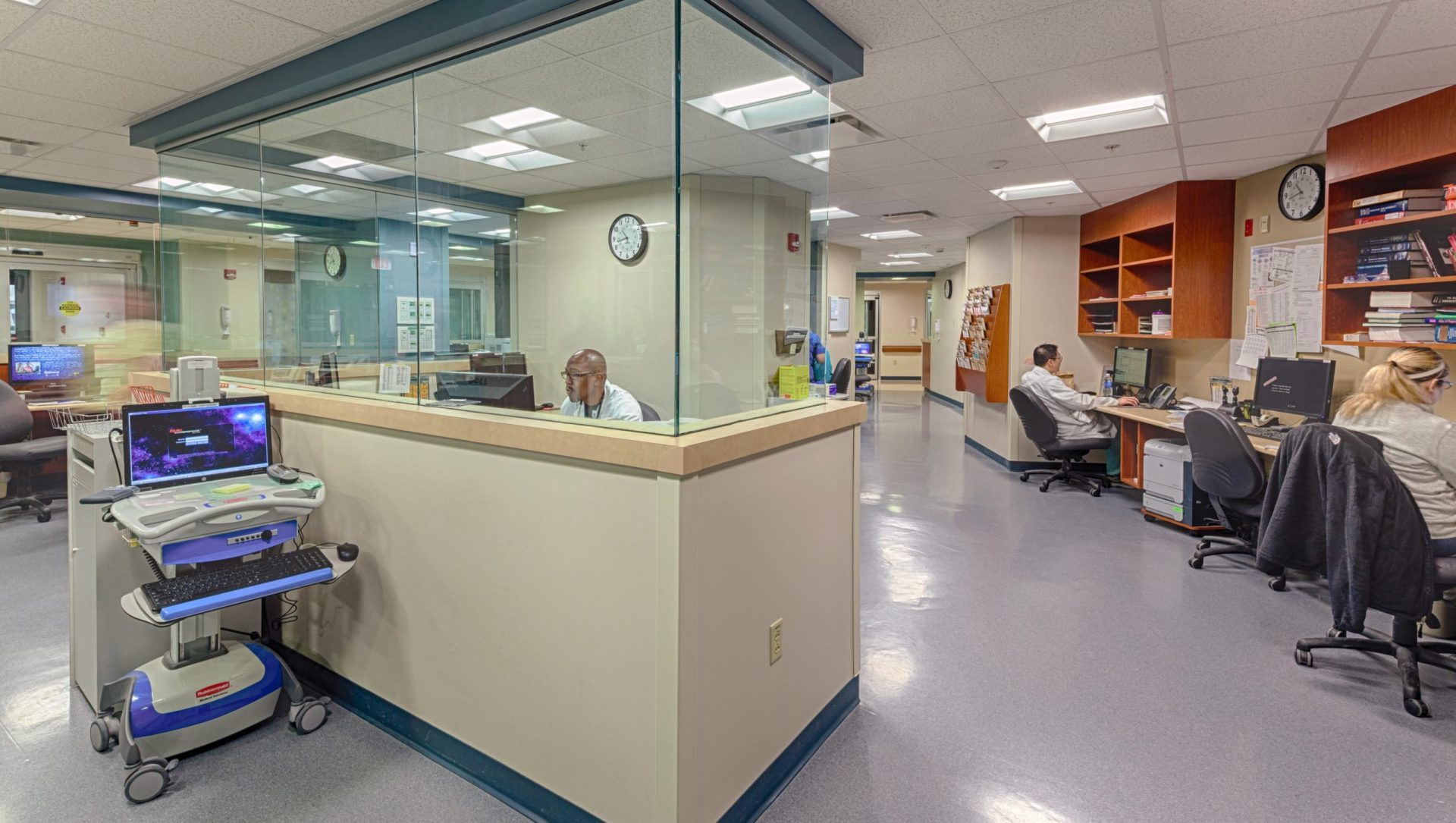
|
Understanding Surge Capacity EventsPandemics and Contagious Diseases – The COVID-19 pandemic underscored the critical importance of surge capacity planning. Hospitals worldwide struggled with overwhelming patient numbers, and the lessons learned during this time have highlighted the need for agile and scalable healthcare responses. Natural Disasters – Events such as floods, hurricanes, tornadoes, and earthquakes can create massive surges in patient volume. These scenarios require hospitals to have robust protocols in place to manage the sudden demand for medical care, as well as the infrastructure to support such efforts. Industrial Accidents – Industrial accidents, including chemical spills and explosions, can lead to significant surges in patient admissions. Hospitals must be prepared to provide immediate care while mitigating any further risk from hazardous materials. Terrorist Attacks and Active Shooter Incidents – The tragic events of 9/11 and various active shooter incidents have demonstrated the necessity for hospitals to have rapid response plans, ensuring that victims receive timely medical attention in the wake of such emergencies. Other Unforeseen Events – From large public gatherings that turn chaotic to unexpected technological failures, hospitals must remain vigilant and ready to adapt to any situation that can cause a surge in patient volume. |


Surge Capacity Planning – A Renewed EmphasisA century ago, medical advancements and discoveries spurred a boom in healthcare facilities. The Cold War era saw further expansion due to civil defense programs, which included medical surge components to counter nuclear threats. However, as these threats faded, so did the interest in surge capacity planning. In the 21st century, events like 9/11, major hurricanes, and the H1N1 and COVID-19 pandemics have renewed focus on surge capacity planning. These events have driven research and innovation, emphasizing the importance of being prepared for any eventuality. |

|

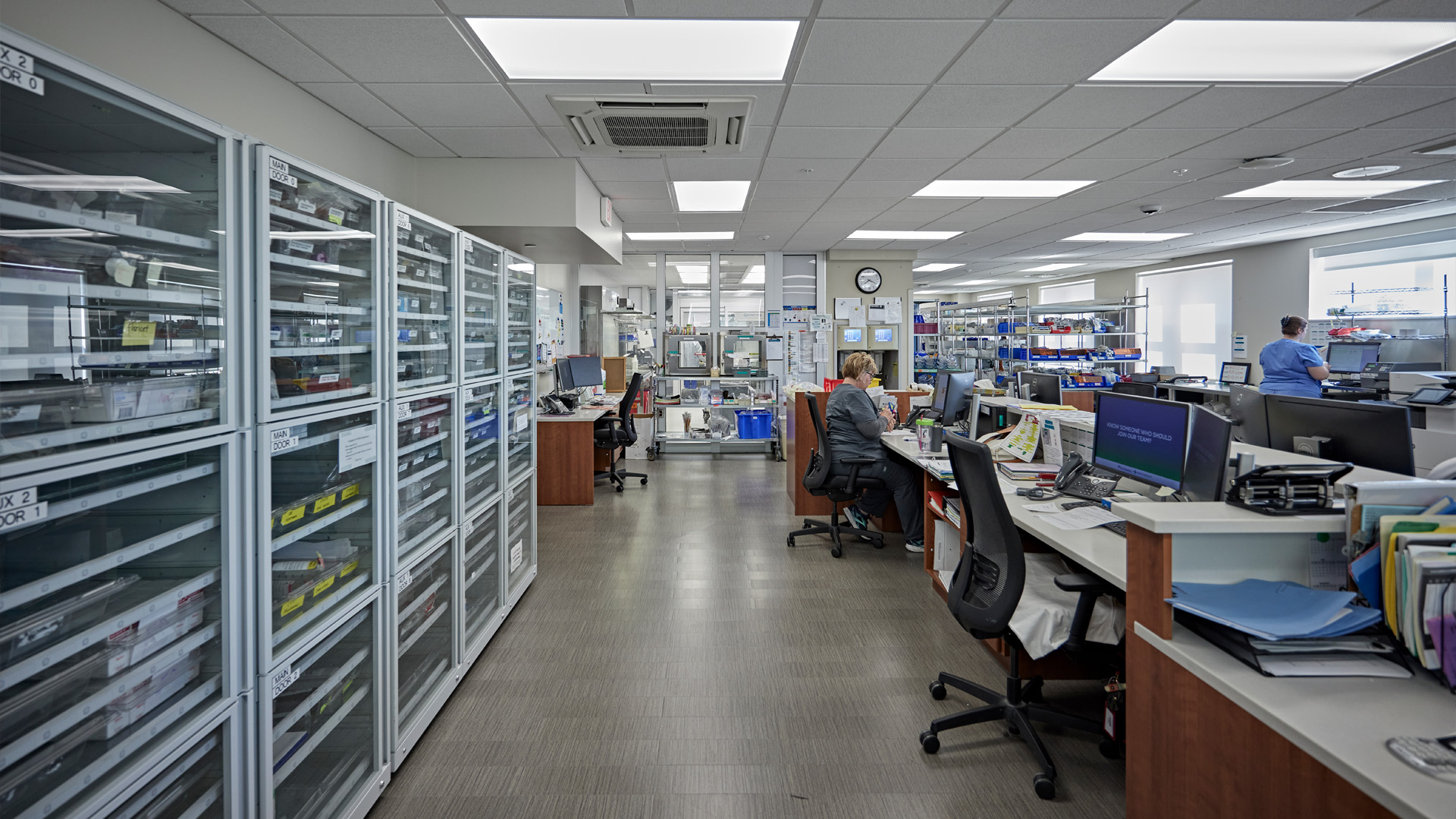
|
Four Keys to PreparednessEffective surge capacity planning hinges on the following four “Ss”: Staffing – Ensuring that adequate medical staff is available to handle surges is paramount. This involves training, education, and planning for volunteer support during crises. Space – Hospitals must have flexible and adaptable space to accommodate increased patient numbers. This includes everything from patient rooms to emergency department areas and non-patient care common areas. Supplies – Having sufficient medical supplies is crucial. Hospitals should consider upsizing storage areas, distributing supplies across multiple locations, and exploring offsite storage options. Systems – Robust systems are essential for managing surge capacity. This includes establishing command centers, upgrading building infrastructure, and leveraging evolving technologies like virtual nursing and telemedicine. |

Space and Infrastructure ConsiderationsExterior Spaces – These areas can serve as buffer zones for patient screening and triage, as well as storage and staging areas for supplies. Patient Rooms – Transitioning private rooms to accommodate two beds and ensuring ICU capabilities are vital strategies. Negative air capability may also be required for certain contagious diseases. Surgery – Operating rooms, prep/hold bays, and PACUs should be adaptable for patient beds, ensuring flexibility in emergency situations. Emergency Department – Larger treatment rooms with multi-bed capacity and protected outdoor hazmat decontamination areas are key components. Non-Patient Care Areas – Flat areas like lobbies, waiting rooms, and dining areas can be converted for patient care during surges. Mechanical, Electrical and Information Systems – Ensuring adequate and safe HVAC, electrical power, lighting, and safety system provisions is essential for handling increased patient loads. Telemedicine and Virtual Nursing – Leveraging technology capabilities enhances patient care and supports remote consultations and care delivery. |
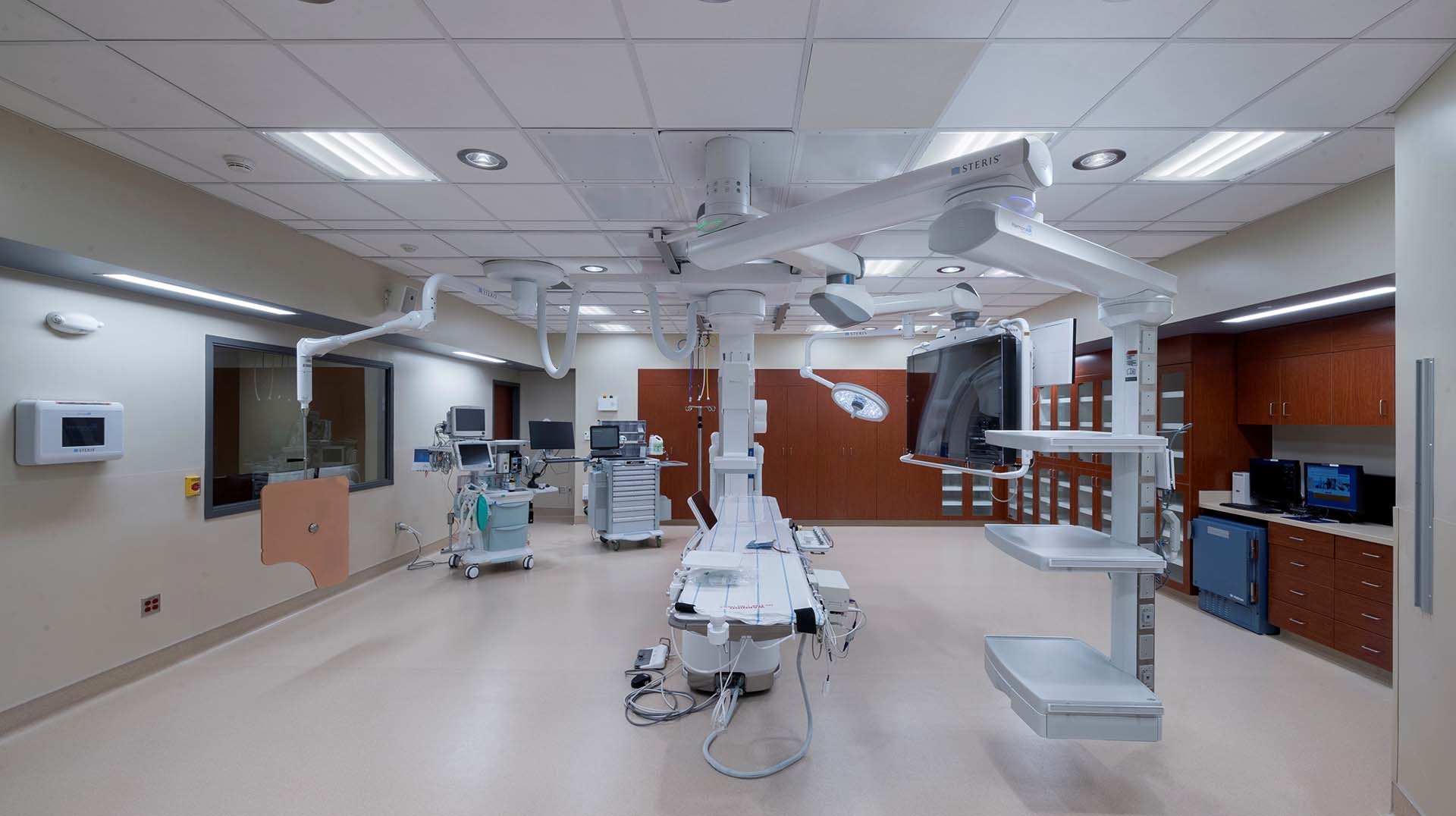
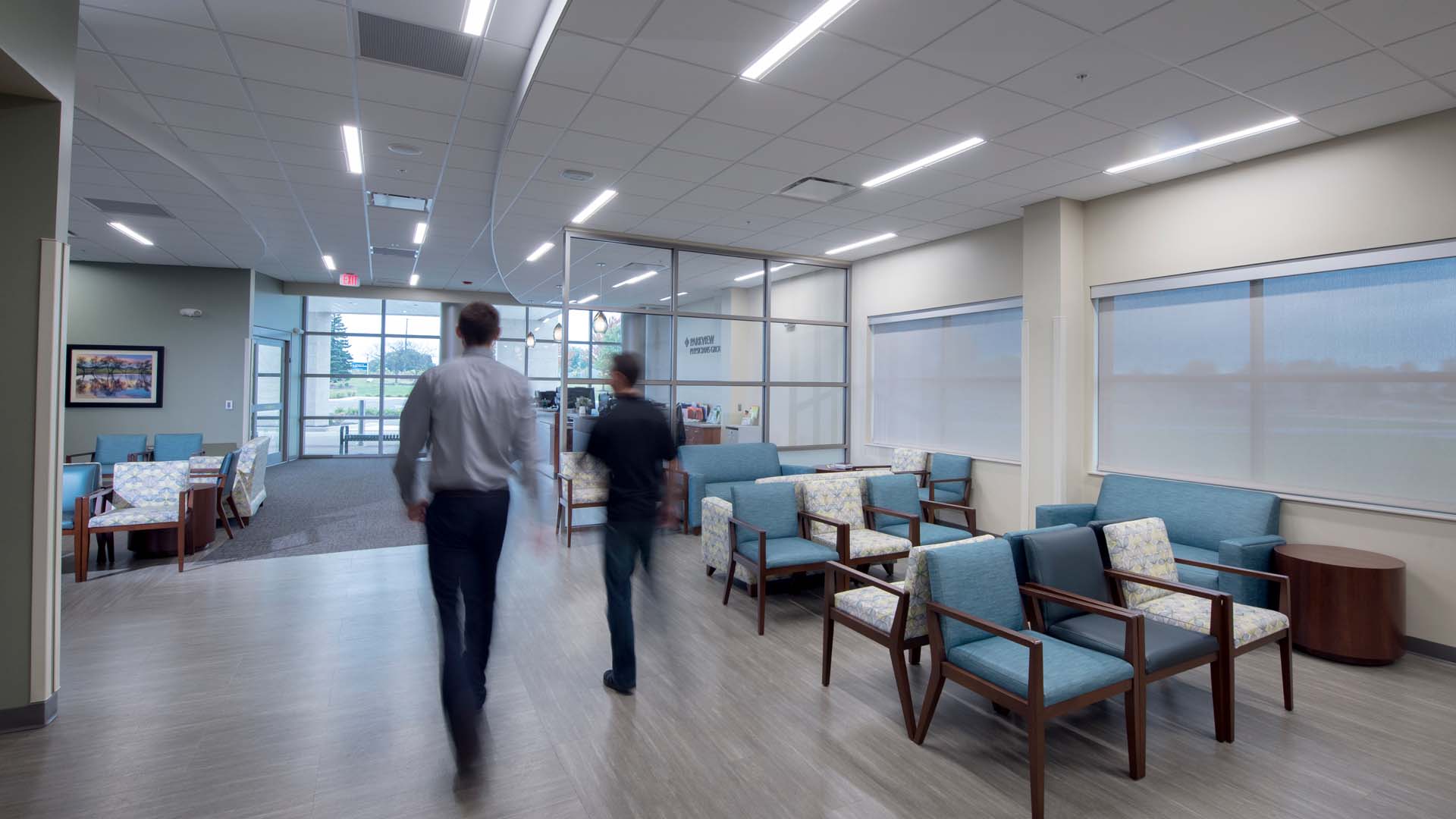
|


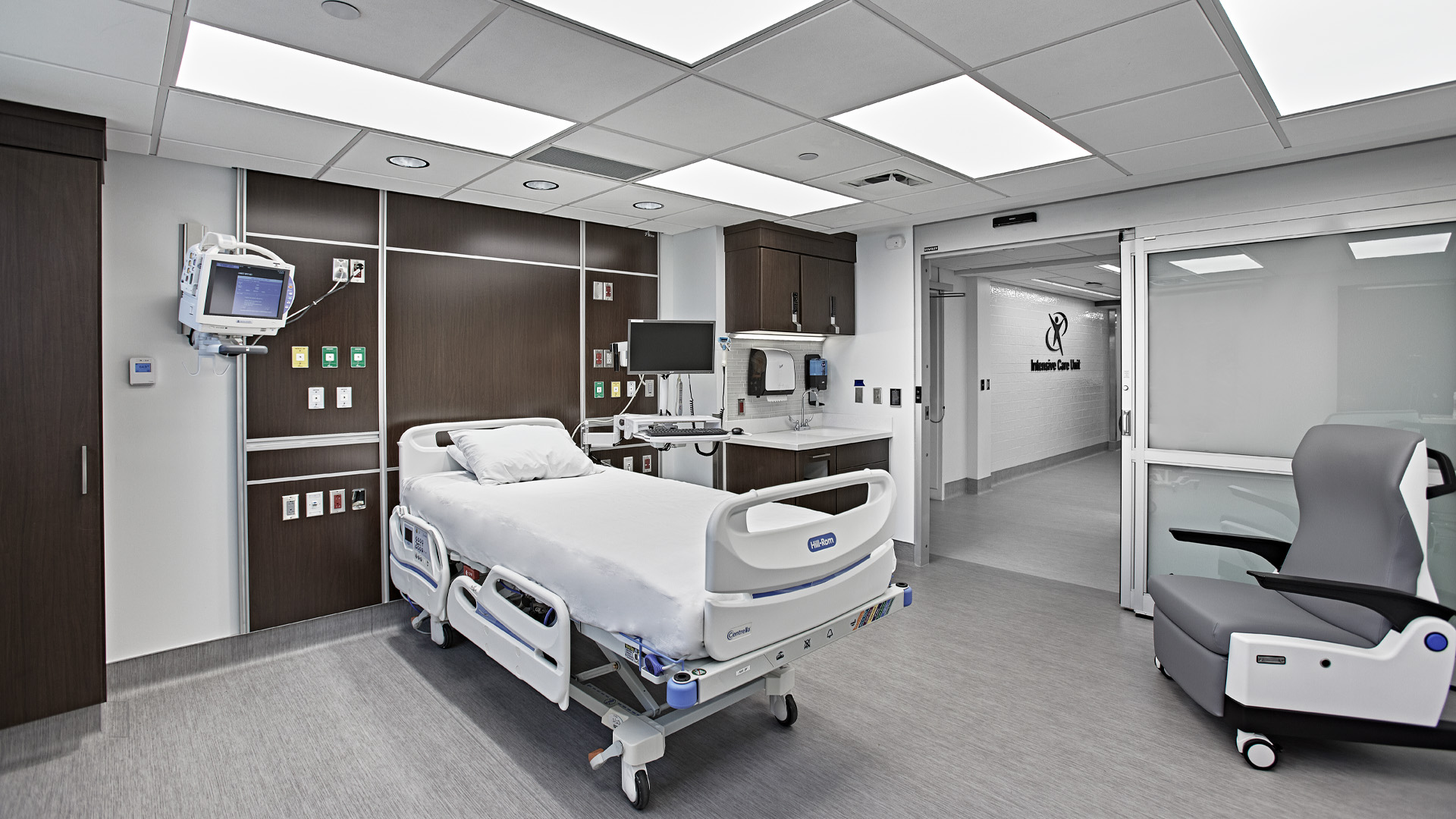
|
A Planning EssentialSurge capacity planning is no longer optional; it is a necessity for modern healthcare facilities. By focusing on staffing, space, supplies, and systems, hospitals can better prepare for unexpected events and ensure the best possible care for their patients. If you’re looking to enhance your hospital’s surge capacity planning, consider consulting with experts and leveraging advanced technologies. Your proactive measures today can make all the difference in future emergencies and high-census events. |
